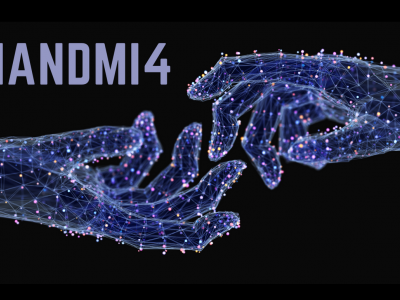Biomechanics

We present a comprehensive dataset developed as part of a study to compute real-time kinematics using a full-body wearable approach incorporating up to 12 IMUs. This dataset includes optical and inertial measurements from 22 subjects engaged in a diverse set of 9 activities: walking, running, squatting, boxing, yoga, dance, badminton, stair climbing, and seated extremity exercises. The dataset features ground truth kinematics, offline predicted kinematics, online predicted kinematics, and IMU-simulated offline predicted kinematics.
- Categories:
 74 Views
74 ViewsThe dataset contains motion capture data of the human hand of 20 healthy subjects acquired using two different motion capture technology (wearable IMU and camera-based). This database provides an opportunity to expand the fields of research involving the hands or their range of mobility. Indeed, using this database to train AI's net to recognise gestures/tasks is an excellent beginning point for expanding the field of human-robot collaboration.
- Categories:
 1048 Views
1048 Views
This dataset contains tool-tissue interaction data from a series of partial meniscectomy punches, using an Acufex 1.5 mm upbiter punch. The data was collected from a cadaveric meniscus. The intended use of the data is haptic rendering of arthroscopic partial meniscectomy procedures.
- Categories:
 74 Views
74 ViewsBiomechanics has predominantly relied upon the trajectory optimization method for the analysis and prediction of the movement of the limbs. Such approaches have paved the way for the motion planning of biped and quadruped robots as well. Most of these methods are deterministic, utilizing first-order iterative gradient-based algorithms incorporating the constrained differentiable objective functions.
- Categories:
 157 Views
157 Views
Objective: Analyzing human motion is essential for diagnosing movement disorders and guiding rehabilitation for conditions like osteoarthritis, stroke, and Parkinson's disease. Optical motion capture systems are the standard for estimating kinematics, but the equipment is expensive and requires a predefined space. While wearable sensor systems can estimate kinematics in any environment, existing systems are generally less accurate than optical motion capture.
- Categories:
 617 Views
617 Views
